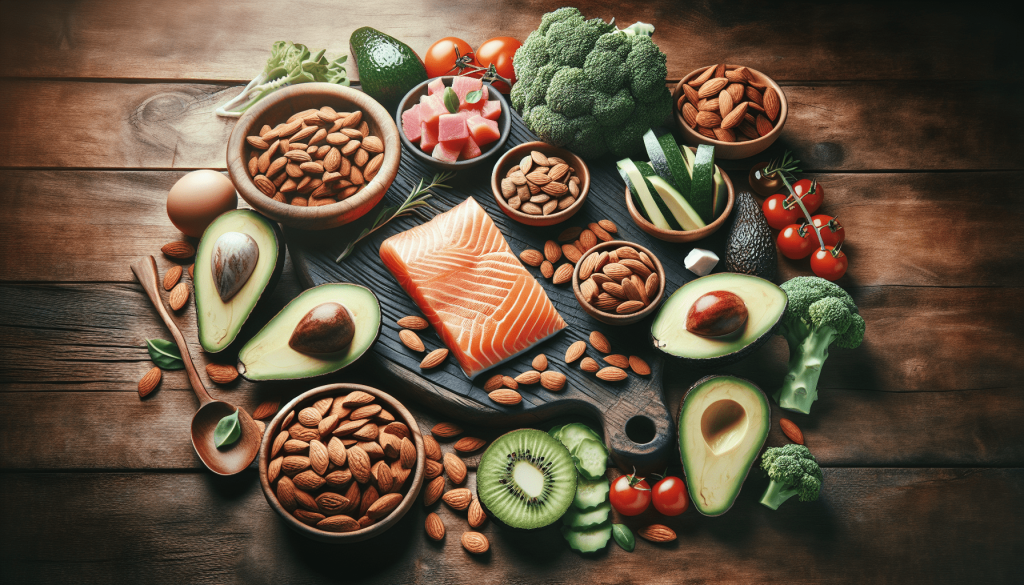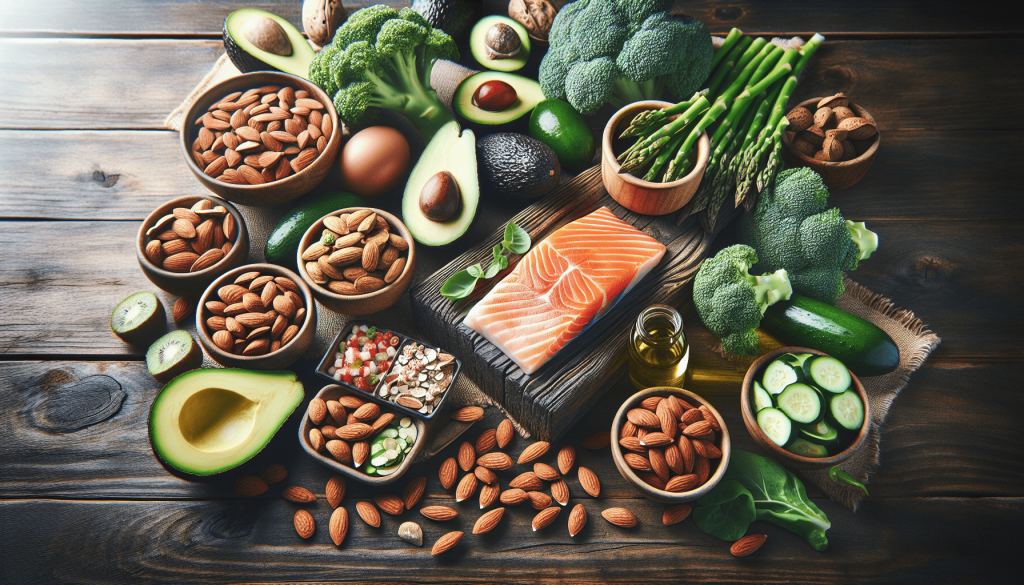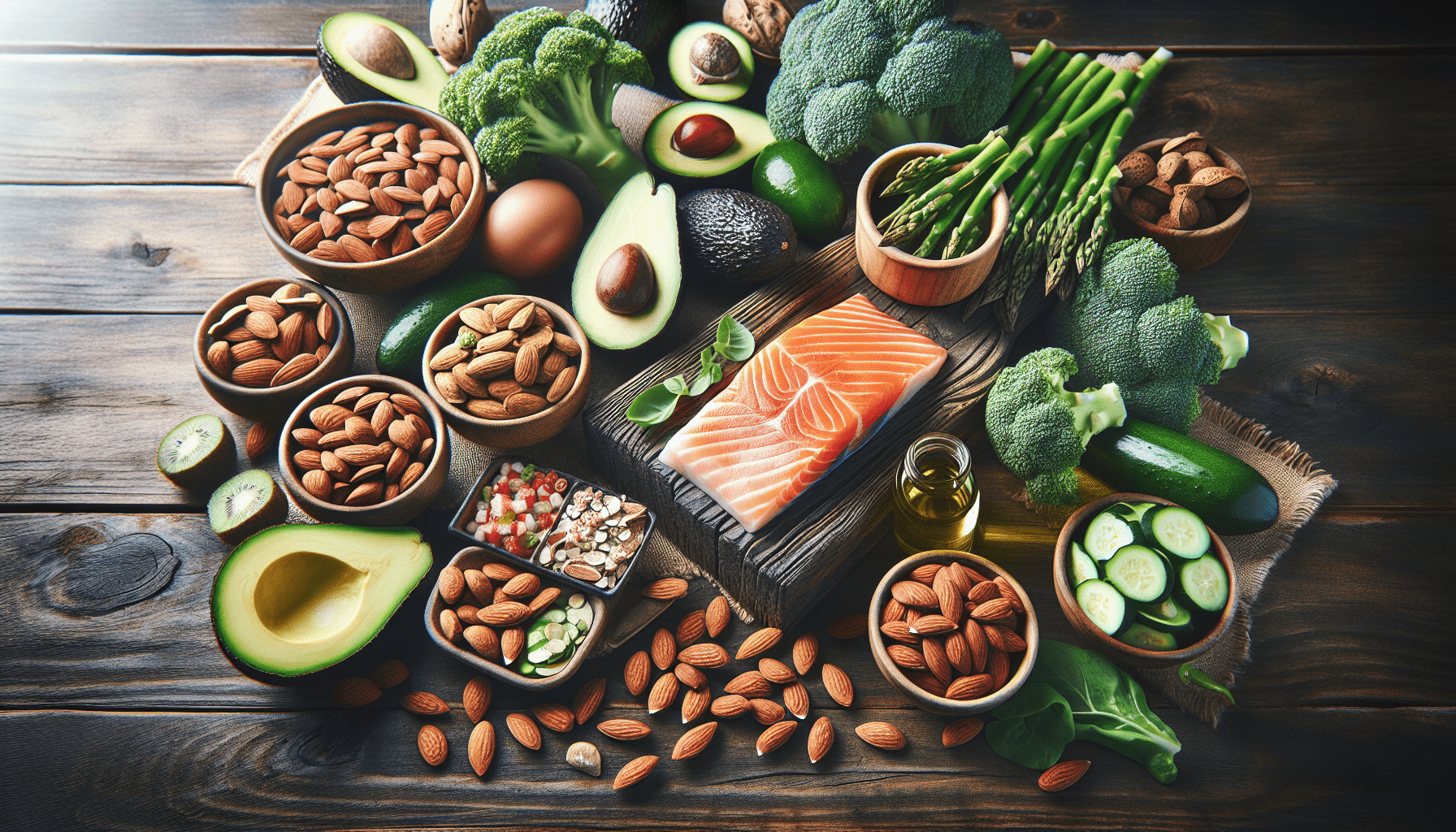Welcome to “A Guide to Choosing the Right Keto Diet!” In this article, you will discover the various types of keto diets available and learn how to determine which one is best suited for your unique lifestyle and goals. Whether you’re looking to lose weight, improve your energy levels, or enhance your overall health, we’ll help you navigate the ins and outs of each keto diet option to find the perfect fit for you. Get ready to embark on your journey to a healthier, more vibrant you with the right keto diet by your side.
A Guide to Choosing the Right Keto Diet
Have you been considering trying out the Keto diet but feeling overwhelmed by all the different variations out there? With so many options available, it can be challenging to know which type of Keto diet is the right fit for you. In this guide, we’ll explore the various types of Keto diets to help you make an informed decision on which one will best suit your lifestyle and goals.

Understanding the Keto Diet
Before diving into the different types of Keto diets, let’s first understand the basic principles of the Keto diet. The Keto diet is a high-fat, low-carbohydrate eating plan that aims to put your body into a state of ketosis. Ketosis is a metabolic state where your body burns fat for fuel instead of carbohydrates, leading to weight loss and other health benefits.
Standard Keto Diet
The Standard Keto diet, also known as SKD, is the most common and widely practiced form of the Keto diet. This diet typically consists of 70-75% fat, 20-25% protein, and 5-10% carbohydrates. Following the SKD involves keeping your carb intake low, usually under 50 grams per day, to maintain a state of ketosis.
Pros of Standard Keto Diet
The Standard Keto diet is relatively easy to follow and has been proven effective for weight loss, improved blood sugar control, and increased energy levels.
Cons of Standard Keto Diet
Some individuals may find it challenging to adhere to such strict carbohydrate restrictions, leading to cravings and difficulty socializing at events centered around carb-heavy foods.
Targeted Keto Diet
The Targeted Keto diet, or TKD, is a variation of the Standard Keto diet that allows for a small amount of carbohydrates to be consumed around workouts. This targeted approach aims to provide extra energy for exercise while still maintaining a state of ketosis throughout the day.
Pros of Targeted Keto Diet
The Targeted Keto diet may be beneficial for those who engage in high-intensity workouts or sports that require additional carbohydrates for energy.
Cons of Targeted Keto Diet
Tracking carbohydrate intake around workouts can be challenging, and if not done correctly, it may hinder the benefits of ketosis.
Cyclical Keto Diet
The Cyclical Keto diet, also known as CKD, involves cycling between periods of strict ketosis and higher-carbohydrate days. Typically, individuals following a CKD will adhere to the Standard Keto diet for five to six days per week and then have one to two high-carb “refeeding” days.
Pros of Cyclical Keto Diet
The Cyclical Keto diet allows for greater flexibility in carbohydrate intake, making it more sustainable for some individuals in the long term.
Cons of Cyclical Keto Diet
Transitioning in and out of ketosis may lead to fluctuations in energy levels and mood, and some may find it difficult to control their carb intake on refeeding days.

High-Protein Keto Diet
For those looking to increase their protein intake while still following a Keto diet, the High-Protein Keto diet may be the right choice. This variation maintains the high-fat, low-carb principles of the Keto diet but includes a higher percentage of protein, typically around 30% of total calories.
Pros of High-Protein Keto Diet
The High-Protein Keto diet may be beneficial for individuals looking to build muscle mass or maintain muscle while losing weight.
Cons of High-Protein Keto Diet
Excessive protein intake can lead to gluconeogenesis, a process where the body converts protein into glucose, potentially hindering ketosis.
Vegetarian and Vegan Keto Diets
Contrary to popular belief, it is possible to follow a Keto diet while adhering to a vegetarian or vegan lifestyle. Vegetarian and Vegan Keto diets focus on plant-based fats and proteins while limiting carbohydrate intake to stay in ketosis.
Pros of Vegetarian and Vegan Keto Diets
Vegetarian and Vegan Keto diets can provide a wide range of nutrients and antioxidants from plant-based sources, promoting overall health and wellness.
Cons of Vegetarian and Vegan Keto Diets
It may be challenging to get enough protein and healthy fats on a vegetarian or vegan Keto diet, requiring careful planning and supplementation.
Conclusion
Choosing the right Keto diet is a personal decision that should be based on your individual goals, preferences, and lifestyle. Whether you opt for the Standard Keto diet for simplicity or the Cyclical Keto diet for flexibility, there is a Keto diet out there for everyone. Remember to consult with a healthcare professional or registered dietitian before starting any new diet plan to ensure it is safe and effective for you. Happy Keto dieting!
